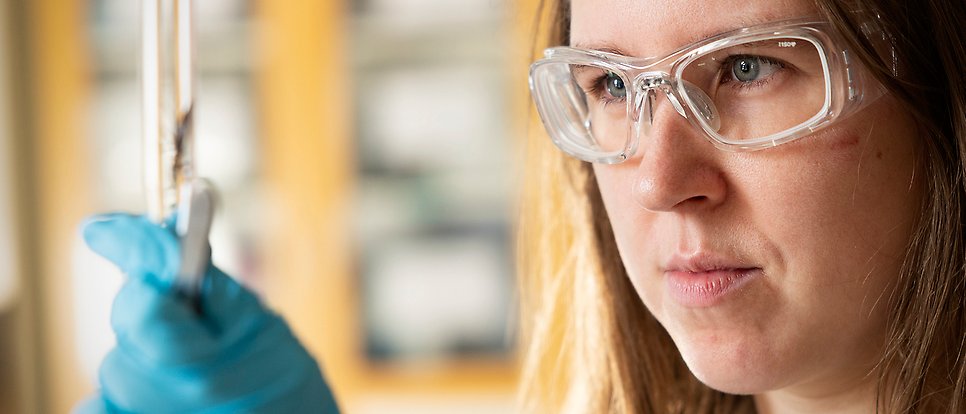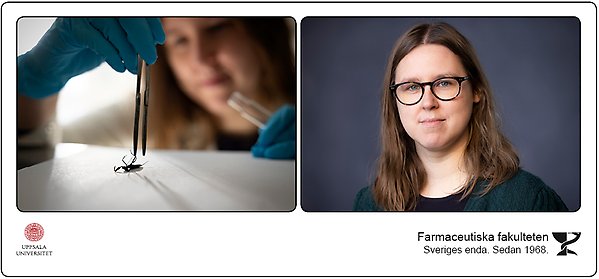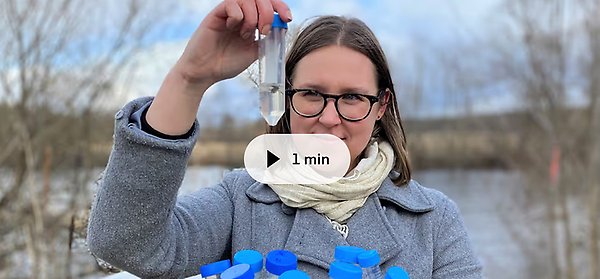Drugs in the environment

Research with a focus on determining drugs in aquatic insects to increase our knowledge on how drug releases can enter the food chain.
The development of more sensitive chemical analysis methods has enabled identification of active pharmaceutical substances in our environment. The main sources of this pollution in Sweden are most likely normal drug consumption and an inability of the waste water treatment plants to remove these compounds.

In other parts of the world where there are less strict regulations, the pharmaceutical industry have a significant contribution to high concentrations of active compounds in the environment. Drugs are designed to have an effect on biological systems at low concentrations. It is therefore problematic with emissions that can affect ecosystems and there exert toxic effects. A classic example is the description of vultures in India that died from being poisoned by diclofenac acquired from feed. Furthermore, the release of antibiotics into the environment may contribute to the development of resistant bacteria.
It is of utmost importance to develop sensitive and selective analytical methods to detect and quantify active drugs in different parts of our environment in order to enable eco-toxicological evaluations. Degradation products of the active compounds can sometimes be more potent than the parent compounds or even toxic. It is therefore important to be able to identify which products that are formed naturally in the environment and in different types of wastewater treatment procedures and whether these are absorbed by aquatic organisms.
Our group mainly use UHPLC-MS(/MS) with electrospray ionization for identification as well as quantification of drugs in environmental samples. We have recently focused on determination of pharmaceticals in water-living insects in order to obtain information on how drug pollution can enter the food-chain.
A great challenge is the chemical complexity of the sample materials, which can interfere with the analysis. Our group conduct studies on matrix effects on the mass spectrometric signal of the analytes and thereby affect the possibility to make accurate measurements.
Current publication
- Pharmaceuticals are identified in insects in River Fyris – A study with both tandem quadrupole and quadrupole-time-of-flight mass spectrometry (Emelie Sedvall, Jerker Fick, Curt Pettersson, Mikael Hedeland. Environmental Advances, Volume 8, July 2022).
In the press
- Insekter i Fyrisån bar spår av 33 olika läkemedel (SVT News)
- Läkemedelsrester i insekter (Swedish Radio)
- Insects in the Fyris river carried 33 different pharmaceutical substances (Uppsala University, 18 March 2022)
Contact:
Emelie Sedvall, Phd Student
Department of Medicinal Chemistry
emelie.sedvall@ilk.uu.se
Project members
Contact
- Mikael Hedeland
- Institutionen för läkemedelskemi, 070-657 1663

